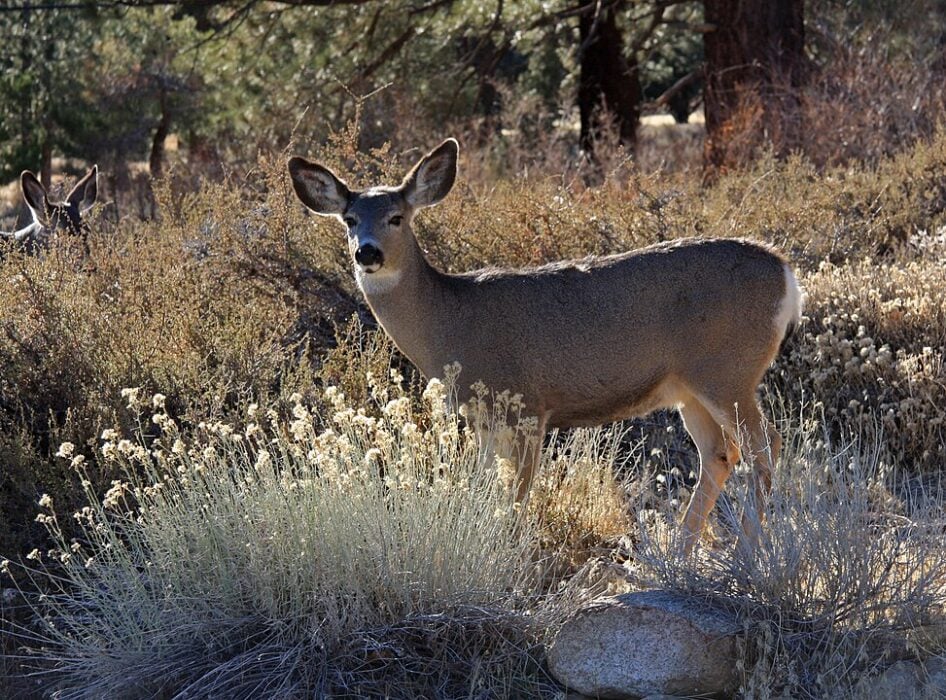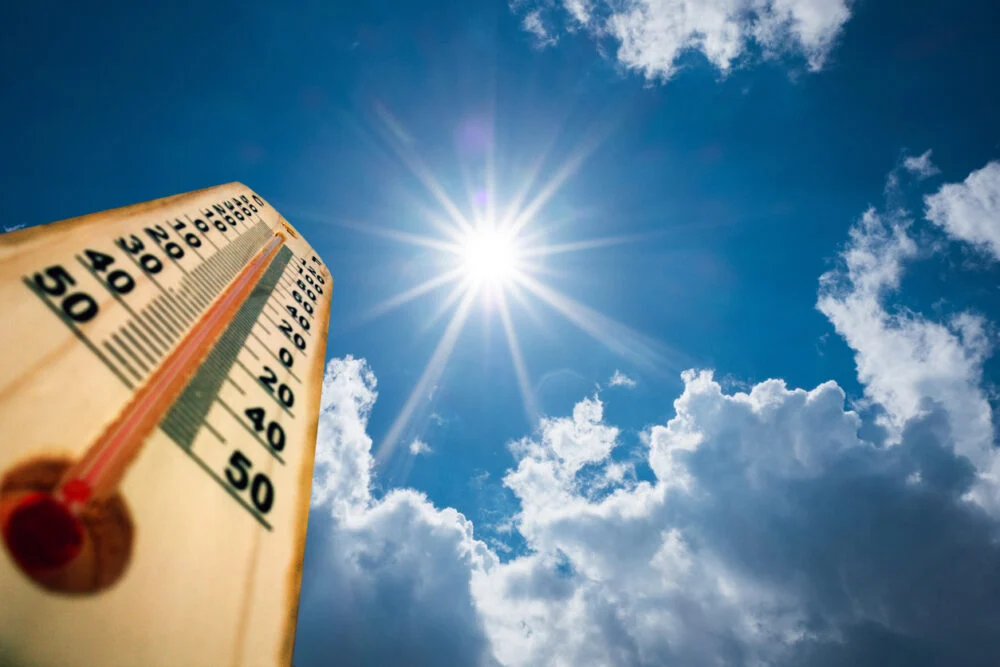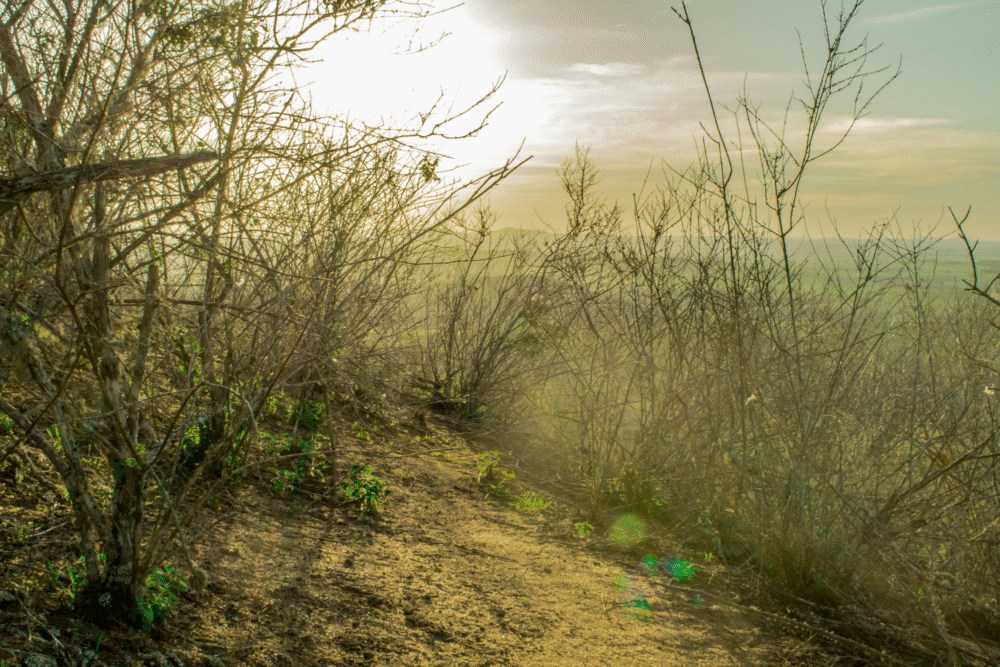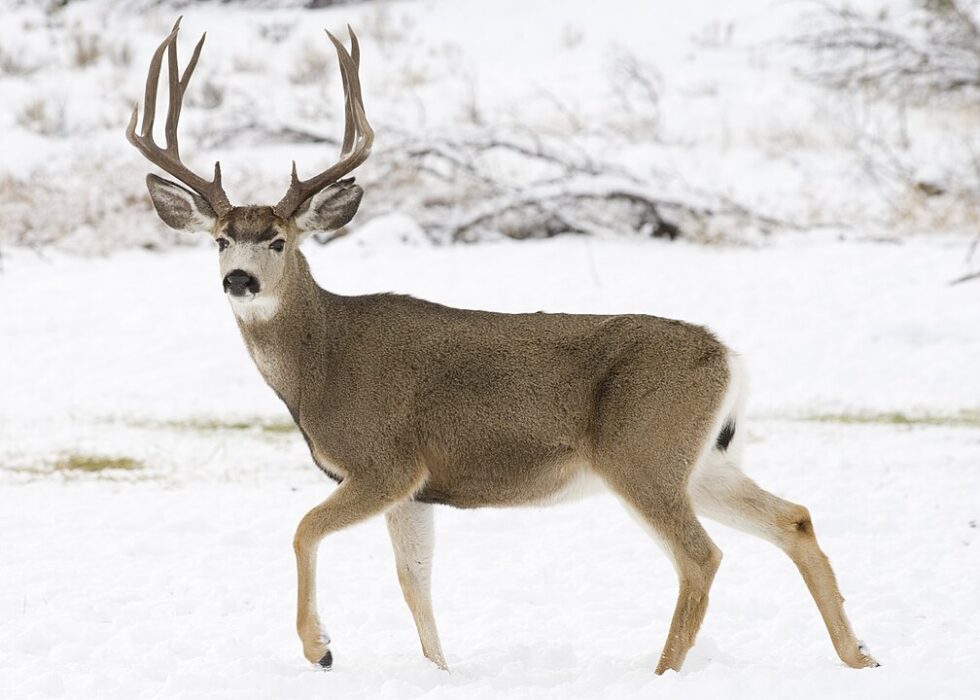Warmer temperatures are accelerating the spread of a fatal prion disease that’s turning deer into walking corpses.

Chronic wasting disease has quietly infected deer, elk, and moose populations across North America for decades, but climate change is dramatically expanding its range and transmission rate. The neurological condition causes infected animals to waste away while exhibiting zombie-like behavior including drooling, stumbling, and showing no fear of humans. Wildlife officials now detect the disease in regions where it never existed before.
Hunters face the unsettling reality of encountering infected animals that look profoundly unwell, raising concerns about meat safety and ecosystem health. The disease’s expansion coincides directly with warming patterns that create ideal conditions for the infectious prions to survive and spread.
1. Rising temperatures allow the infectious prions to remain viable in soil for decades longer.

Chronic wasting disease spreads through prions, misfolded proteins that remain infectious in the environment for extraordinarily long periods. Research shows these prions persist in warmer soils far longer than in frozen ground, meaning climate change essentially extends their infectious lifespan. Areas that previously experienced hard freezes that limited prion survival now maintain temperatures where the proteins remain dangerous indefinitely.
The environmental persistence means that once prions contaminate an area, eradicating them becomes virtually impossible with current technology. Deer feeding in infected zones contract the disease by ingesting prions from soil, plants, or water sources. Warmer winters prevent the natural die-off of prions that colder climates once provided, turning more hunting grounds into permanent contamination zones.
2. Drought conditions concentrate deer populations around limited water sources where disease spreads rapidly.

Climate-driven droughts force deer herds to congregate at shrinking water sources, creating perfect transmission conditions for a disease that spreads through saliva, urine, and feces. The crowding at watering holes means sick animals contaminate areas that entire populations must use, accelerating infection rates dramatically. Wildlife biologists observe disease clusters forming around these concentration points as desperate animals crowd together.
Migration patterns shift as traditional water sources dry up, bringing previously isolated populations into contact and spreading the disease to new regions. The behavioral changes driven by climate stress override deer’s natural tendency to maintain spacing, creating artificial density that benefits prion transmission. State wildlife agencies struggle to manage populations when the environment itself forces animals into dangerous proximity.
3. Infected deer exhibit disturbing behaviors including aggression toward humans during hunting season.

Hunters report increasingly frequent encounters with deer displaying abnormal boldness and aggression, walking directly toward people rather than fleeing. The brain damage caused by prions destroys normal fear responses and coordination, creating animals that stumble into campsites, approach hunters, and act erratically. These zombie-like behaviors make infected animals easier to encounter but far more unpredictable and potentially dangerous.
The disease progresses through stages, with late-stage animals appearing emaciated, confused, and completely unafraid of humans or vehicles. Hunters accustomed to deer that flee at the first sign of human presence find the behavior deeply unsettling. Wildlife officials warn against approaching these animals, as their unpredictability poses risks and handling them increases prion exposure.
4. Twenty-eight states now report chronic wasting disease compared to just three states in 1990.

The geographic spread of chronic wasting disease has accelerated dramatically over the past three decades, with climate change implicated as a major factor in the expansion. States like Tennessee, Mississippi, and Pennsylvania reported their first cases in recent years as warmer temperatures made previously inhospitable regions suitable for prion survival. The disease now affects deer populations from coast to coast in a pattern that closely follows warming trends.
Canadian provinces and European countries are also detecting cases where none existed historically, suggesting the spread represents a global phenomenon rather than localized management failures. Wildlife agencies that once considered the disease someone else’s problem now face infected populations within their jurisdictions. The rapid expansion overwhelms containment efforts and makes complete eradication increasingly unlikely.
5. Hunters unknowingly consume infected meat despite warnings to test harvested deer.

Studies estimate that thousands of people annually consume venison from CWD-positive deer because testing isn’t mandatory in most states and results take weeks to receive. Hunters often process and eat their harvest before test results return, potentially exposing themselves to prions. While no confirmed human cases exist yet, prion diseases like mad cow disease jumped from animals to humans, making the risk theoretically possible.
The long incubation period for prion diseases means that if human transmission occurs, symptoms might not appear for years or decades after exposure. This uncertainty creates anxiety among hunters who’ve consumed deer meat from infected areas over many seasons. Public health officials maintain that cooking doesn’t destroy prions, so standard food safety practices offer no protection if the meat is contaminated.
6. Warmer springs create longer transmission windows when deer interact during breeding and birthing.

Extended warm seasons mean deer remain in close contact longer during critical periods when disease transmission peaks, including breeding and when does nurse fawns. The traditional winter die-off that once limited diseased animals’ breeding opportunities now happens later or not at all. Infected bucks participate in more breeding cycles, potentially spreading prions through reproductive fluids.
Mother-to-offspring transmission also increases when infected does survive longer breeding seasons and successfully raise fawns despite their illness. The lengthened transmission windows compound exponentially, as each infected animal gets more opportunities to spread prions throughout the population. Wildlife managers lack effective tools to interrupt these natural behaviors that climate change has now extended.
7. The disease threatens to collapse deer populations in heavily infected regions within two decades.

Computer models predict that CWD could reduce deer populations by 50 percent or more in the hardest-hit areas if current trends continue, with climate change accelerating the timeline. Wisconsin and Wyoming already show significant population declines in counties with established infections. The economic impacts extend beyond hunters to include lost tourism revenue and ecosystem disruptions when deer populations crash.
Predator-prey relationships shift dramatically when deer herds decline, potentially causing cascading effects throughout forest ecosystems. State wildlife agencies depend on hunting license sales for funding, meaning population crashes threaten their ability to manage any wildlife. Some biologists warn that certain regional deer populations may face functional extinction within a generation if transmission rates keep accelerating.
8. Scientists worry the prions could eventually jump species barriers to livestock or humans.

Laboratory research demonstrates that CWD prions can infect some primates under experimental conditions, raising concerns about potential human susceptibility. The species barrier that currently protects humans might not be absolute, especially with increasing exposure as the disease spreads. Livestock grazing in areas contaminated by infected deer could theoretically contract the disease, creating pathways into the food supply.
The uncertainty surrounding human risk creates a public health dilemma, as authorities must balance hunting tradition and wildlife management against hypothetical but potentially catastrophic transmission scenarios. Some researchers advocate for aggressive population reduction in infected areas despite hunter opposition, while others argue current precautions adequately protect human health. Climate change’s role in expanding the disease means the risk calculation keeps changing as more people and animals encounter contaminated environments.
